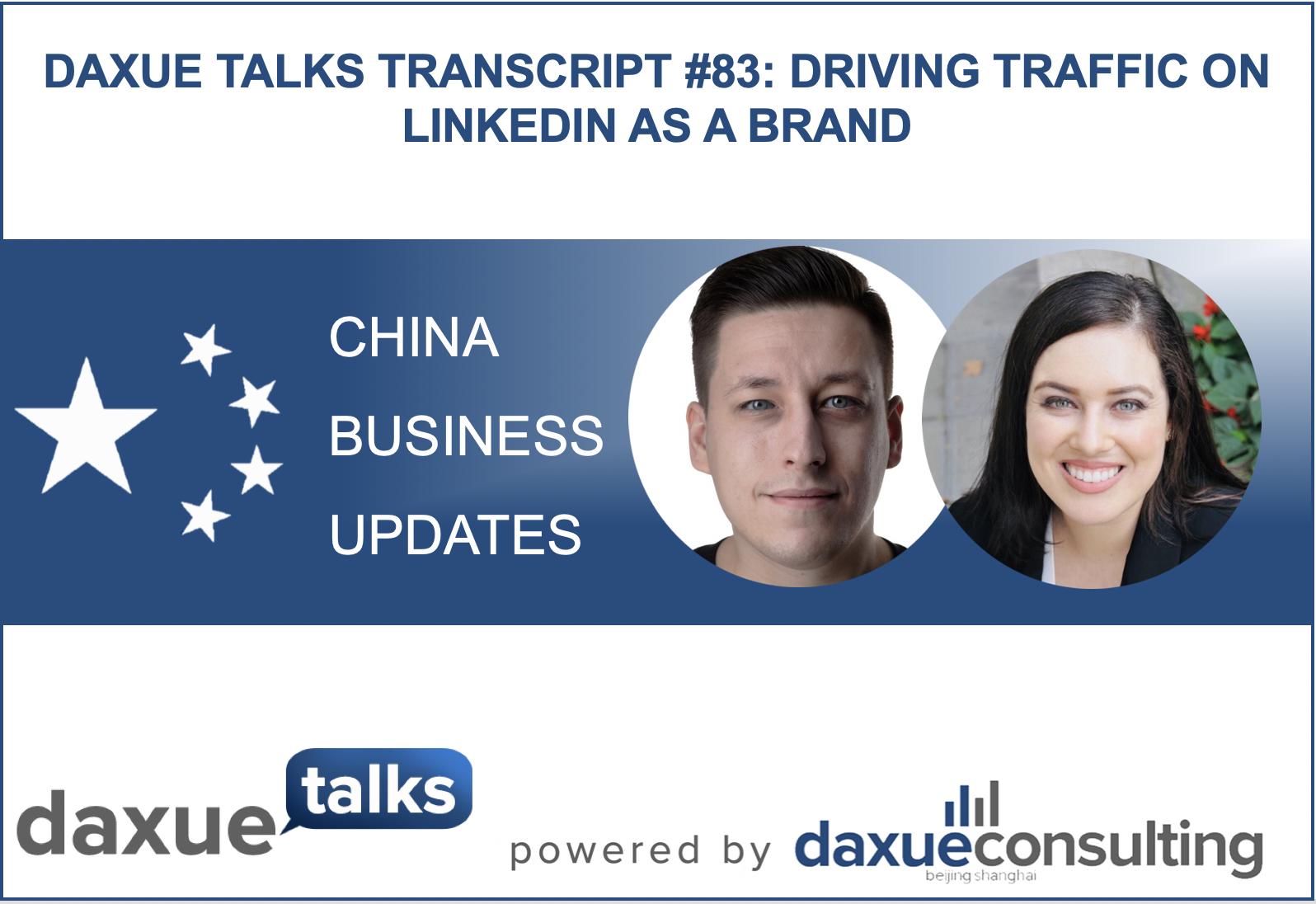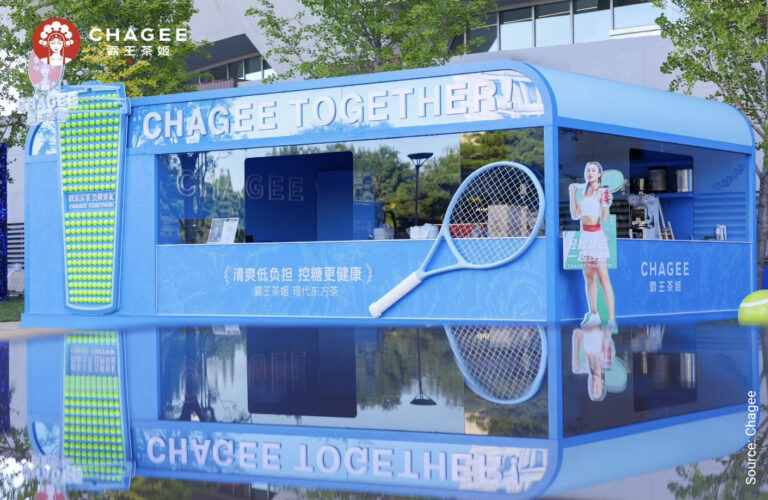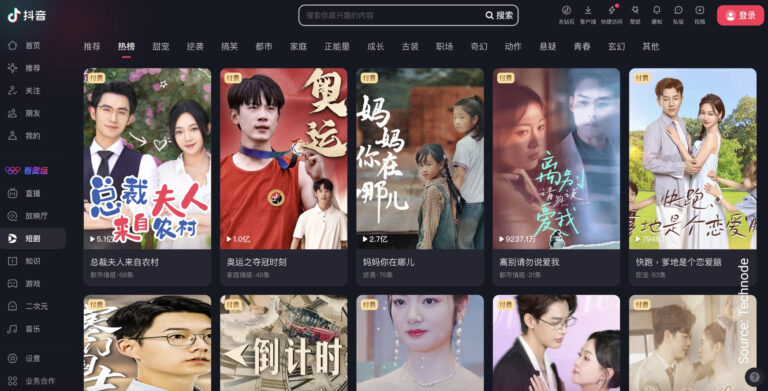Find here Daxue Talks 83. We have interviewed two LinkedIn experts, Julien Sicard and Tamar Hela from LinkedIn Local Asia (Shanghai), all about LinkedIn’s algorithm and they share LinkedIn hacks for companies to push content to connections out of their initial reach. What content provides real value and what has changed ever since the coronavirus outbreak? Continue reading to learn more about driving traffic on Linkedin in China.
Full transcript below:
LinkedIn’s algorithm changes every few months, what do you know about the most recent update?
I think the reach that we used to have before decreased a lot unfortunately. Why? Because more and more people are getting active and I think it’s the effect of the pandemic right. Everyone gets stuck at home so obviously what do you do? You spend time on social networks. Meaning the people that create content are more and more important so there is more and more competition. It’s really one of the things we have seen and showing also that you need to be more regular in your content creation. People that used to post once a day – it’s not enough and right now. I mean, we created a plan actually for our company. We go through six posts a day, and you need to have different plan of content – videos, meme, cards, and I think the diversification of content again will add people to take advantage on the LinkedIn algorithm. What would make the difference it’s about the people that would post more results and people that just post three times in a week is not going to be enough anymore.
Videos again are coming back well – I mean it’s true – last year the video in terms reach was incredible and then after it begin to decrease again and right now it rise again, so there is more and more videos and again for the simple reason that people on social media consume an average of 80% of their time on videos so – yeah, which makes sense.
People use also hashtags in their post, because recently, depending on the hashtag you post, you would be referred on Google depending on the hashtag you post for your post. So, it’s super powerful and super interesting and definitely people that know how to take advantage of the hashtag on LinkedIn will have more visibility.
It’s getting more and more technical I think to again get an expectation to have more views, but like anything again its consistency – some parts can be great and you may think okay, it’s going to be great but the result won’t be that high and other – it’s going to work, so just being consistent again, I mean there is no separate I think in social media in general, its testing, testing and more testing and yeah – just having fun because I think social media its again – not only in LinkedIn, but its first having a lot of fun and after – okay if there is great results then okay, that’s just a place I think, but consistency will still be the key.
Like it’s when you see an advertisement like say coca cola and there is this sample in marketing saying like okay – you need to watch at least, like seven times in advertising before you make a decision if you’re going to buy or not, so I mean – so this is the same on LinkedIn, the more you’re going to post the more people would make a decision if they would trust you or not. That simple.
When it comes to LinkedIn posts, what drives the most traffic? Photos, links, videos or written posts?
First, we need to preference this with; we shouldn’t focus so much on company pages. Yeah, they’re great and I love when companies have big followings, I love that they post interesting things. I will say this before I get into why it’s not the best thing to focus on. I love companies and I see a lot of interaction with the ones that use storytelling and the story is what makes it – so it could be that they do a video but there’s storytelling and a text. It could be that there’s a great visual but again there is storytelling and a text. Any time you humanize a brand, that’s when you have the best results.
Now, I do want to go back just a little bit because it is something that our clients ask us for at our agency, like how can we grow our company page, or some of them don’t even have a company page. Actually there’s a cool little hack that you can do and it starts with the personal account. So again we want to humanise the brand by using an employee of that company and when they are posting you can actually put a link to the company page in the post or you could put it in the comments to drive traffic. What you want to do is you want to use a bit.ly link, so like a tracking link and it’s a shortener to actually see how it’s working. I think it’s worth it cause its good social proof, but again I just personally wouldn’t focus so much unless you’re a huge brand like Coco Cola or Nike or like a chemical company.
There’s a multinational company Gore in the US that also has different offices and headquarters worldwide, they do a really great job or taking something we would see as boring, like chemicals and making clothes for the outer elements. They do such a good job of humanizing their brand through storytelling that they’ll do video. For example of extreme athletes who wear their clothing for outdoor sports, or they also did a recent story about how they were recycling some different kind of materials, tech fabric and using it to protect medical workers, right now during the pandemic.
So you know, those kind of things when brands again can almost appear human, that’s huge. But just remember, the company page even though it can interact with people who are commenting, it still creates this façade of not a human, and these days people really want a person that they can interact with, that they can feel connected to. It creates a much better feeling of rapport and it also can increase the companies legitimacy and the companies stay power if you have like let’s say – the ideal situation would really be to have your whole team of employees be posting, becoming thought leaders, interacting individually with company followers and fans, that’s something that – if companies aren’t doing this year, they’re going to lose out. Even big brands. So, if they want to change their strategy and pivot that’s what they need to be doing right now.
LinkedIn measures impressions, clicks, shares, likes and comments. Which of these should we pay more attention to or less attention to when expanding our LinkedIn following?
A great question, and it’s something that we both get quite often. I think everyone wants to find the magic hack or formula. The truth is the only kind of thing you need to remember first of all is that any type of interaction within the first 30 to 60 minutes of your post, is what the algorithm is going to favour, but beyond that, you need to think about this kind of phrase we call vanity metrics, so how many likes did you get or this and that. Well at the end of the day it’s not so much about the likes, it’s more about the comments, especially if you’re sharing real value. There’s a lot of garbage out there, even on LinkedIn and there are some people who trend just to trend because they know how to push to different people and get that interaction but the truth is, if you’re trending let’s say in a hashtag, which means that you are one of the top percent out of that particular topic that people are talking about for the day, LinkedIn won’t tell you that you’re trending. But if you’re trending in a hashtag that has nothing to do with what you’re selling, what your product is, what your service is, there is no point. So that would be definitely something that’s a vanity metric and has nothing to do with your unique selling point or your value proposition.
With that in mind, I will add that if you are offering value in your post and you have a lot of people commenting, interacting maybe you asked someone’s opinion and people love it when you ask for their opinion. If you have those kind of comments within the first 30 – 60 minutes, what LinkedIn does is after the first 24 hours, they’ll push it to your second degree connections so you’ll be seen again, your post will be seen again and then if those people are interacting, then after the next 24 hours they’ll push it to your third degree connections and beyond. And that’s a great thing because that’s how posts go viral. A lot of that kind of activity happened to some of our community members, when it was corona virus time, like intense here in China and people were sharing their experience, so everyone was watching China and I think it’s great that they went viral because it brought some attention to their business, but in the end they stopped being consistent with their posting, or again they were just looking at their vanity metrics, all the likes – like oh I have 1500 likes – but again, did that translate into dollars? Did that translate into new clients? So, when we’re talking about the reactions, the comments etc., the most, most important thing is how does that translate to number figures going into your bank account?
So yeah, just remember, think about the value that you’re giving, the way that you’re highlighting what you give as a company or as a brand and then go from there and then get the interaction within the first 30 to 60 minutes, but other than that if I see even 1 million likes on a post that has nothing to do with what that person does for business, to me that’s irrelevant, because people are going to forget about you if you’re not giving consistent value.
Any questions? We will find an expert to answer them. Drop your questions in the comments, or send us an email – dx@daxueconsulting.com.





